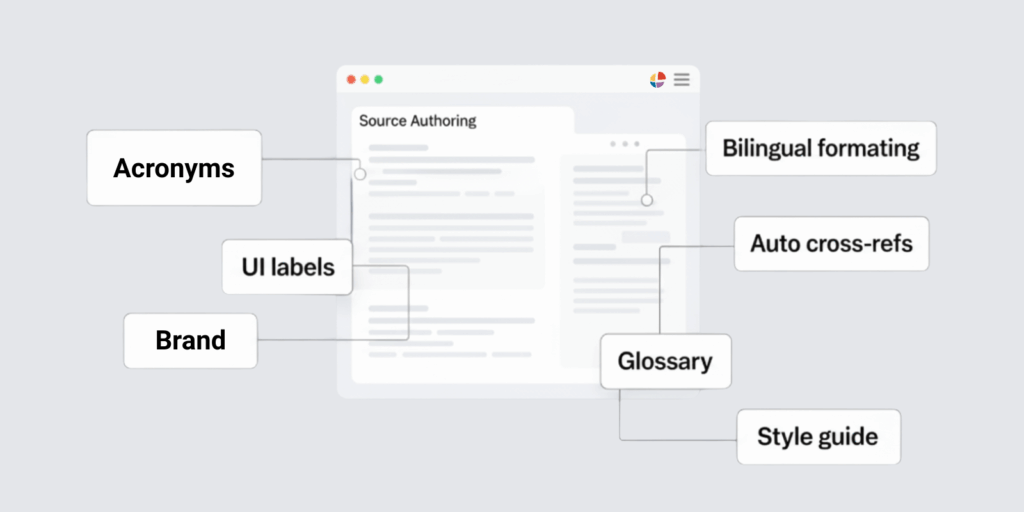
When executed correctly, an internal review will improve the localization workflow and help produce a quality end product. Your reviewers have core tasks that make up their normal job description. Therefore, adding tasks above and beyond their work responsibilities can present a challenge. When managing multiple linguistic resources, time zones and personalities all come into play. Since 1995, Interpro has been partnering with our clients to assist them with localization projects that incorporate an internal review step.
While each project can be a bit different, the following 5 tips for a successful internal localization review can be applied almost universally.
1. Plan early on
While this may seem like basic knowledge, clients frequently tell us about the headaches involved in managing internal review workflows within their translation process. The problems often occurred when an IR process was introduced too late in the game. Planning early on to include rounds of linguistic internal review in the translation process is crucial. During the quotation stage or at the project kickoff stage at the very latest, your localization partner should inquire as to whether or not an internal linguistic review of translated content will be taking place. This is particularly important for projects that include a voice-over recording component. A project will normally be on hold while the client is performing an internal linguistic review of the script before recording in the studio.

2. Consider Glossary Development
Glossary Development should be considered as one of the first steps in a localization workflow. The Glossary Development process allows Interpro to establish an English and corresponding target-language equivalent of the most frequently-occurring terms in your content, to then be reviewed and approved by your internal reviewers. This is done prior to starting the content translation phase of the project. Having an approved glossary upfront will minimize the total internal review time since the terminology will already have been approved. It serves as a foundation to ensure consistency of preferential translations for key terms across all of your translated materials.
3. Assign one reviewer per language
This step is very important, as too many cooks spoil the pot. Even if multiple linguistic reviewers are available and want to be involved, designate one person to have the final say. There can be multiple ways to translate the same concept – all of them correct, but someone has to have the final word to maintain consistency. Ensure that there is one master reviewer responsible for each language’s terms for the entire project. If for some reason they are not available, ensure that whoever is reviewing content is made aware of the previously-approved glossary, and not to stray away from approved terms and preferences.
4. Agree on a timeline
A timeline must be planned upfront and agreed upon. This means working closely with your localization partner to make sure that everyone is on the same page, and that you know when you can expect to receive translations for review. You can then communicate this information to your internal review resources to alert them as to when they can plan their review. At Interpro, we typically deliver the translated content in a dual column source/target format, accompanied by helpful instructions concerning how changes should be made. It would also be helpful to give yourself some buffer when dealing with your internal reviewers, as some languages may take longer to review than others. The internal review process should be seen as a subset of the larger project, and must be managed as such.
5. Embrace this as an effective part of the workflow
In conclusion, embrace the internal review process as a part of your overall localization workflow, and not as a burden. Reviewers/volunteers are usually doing this outside of their normal responsibilities, oftentimes after hours. It should truly be seen as a team effort which benefits your entire organization, not as an afterthought.
Category: Translation
Tags: ICR, Internal Review, Localization, Localization Internal Review
Service: Software Translation
Don't forget to share this post!
Stay Updated with Interpro
Subscribe to our newsletter for the latest updates and insights in translation and localization.






